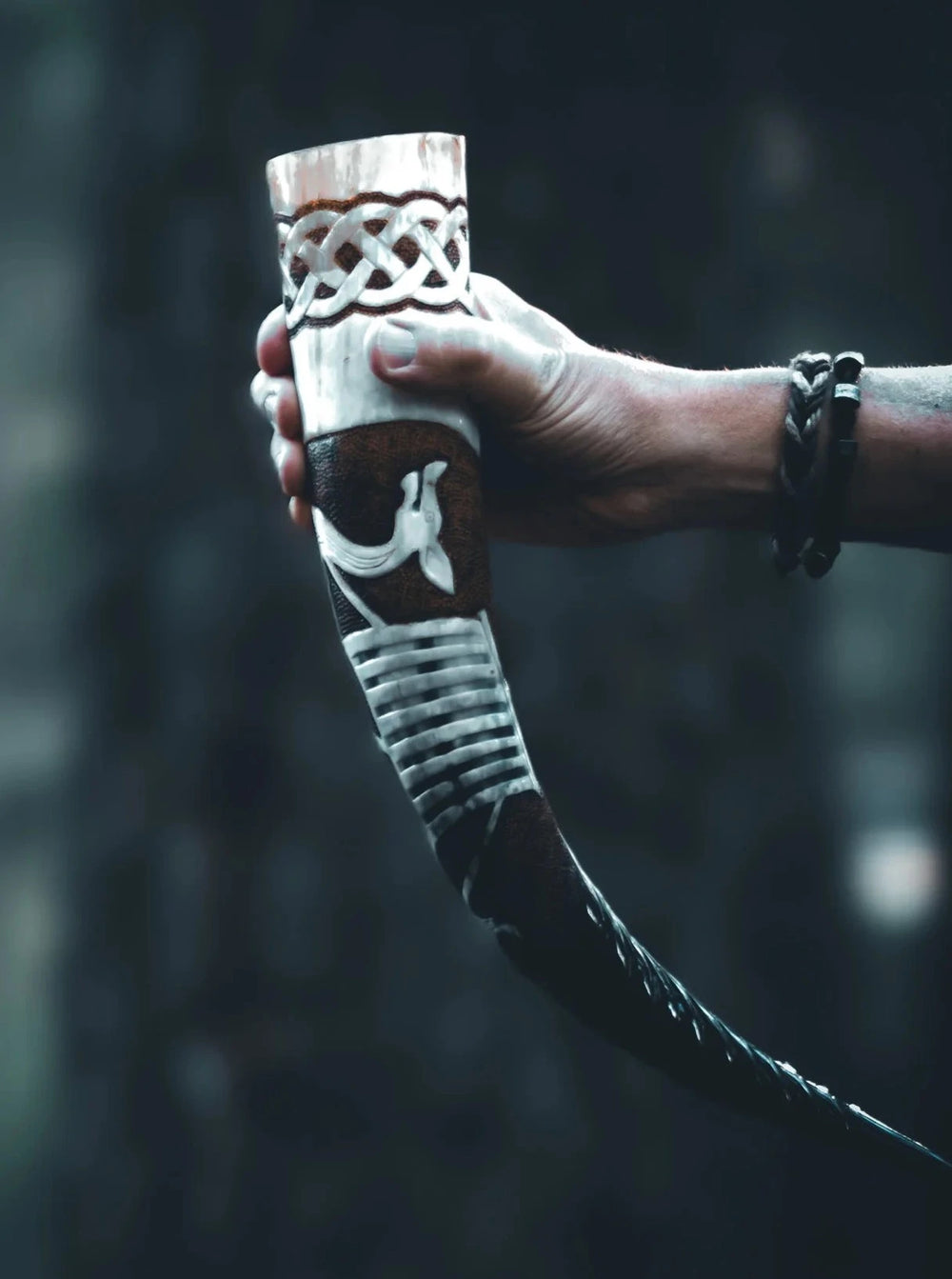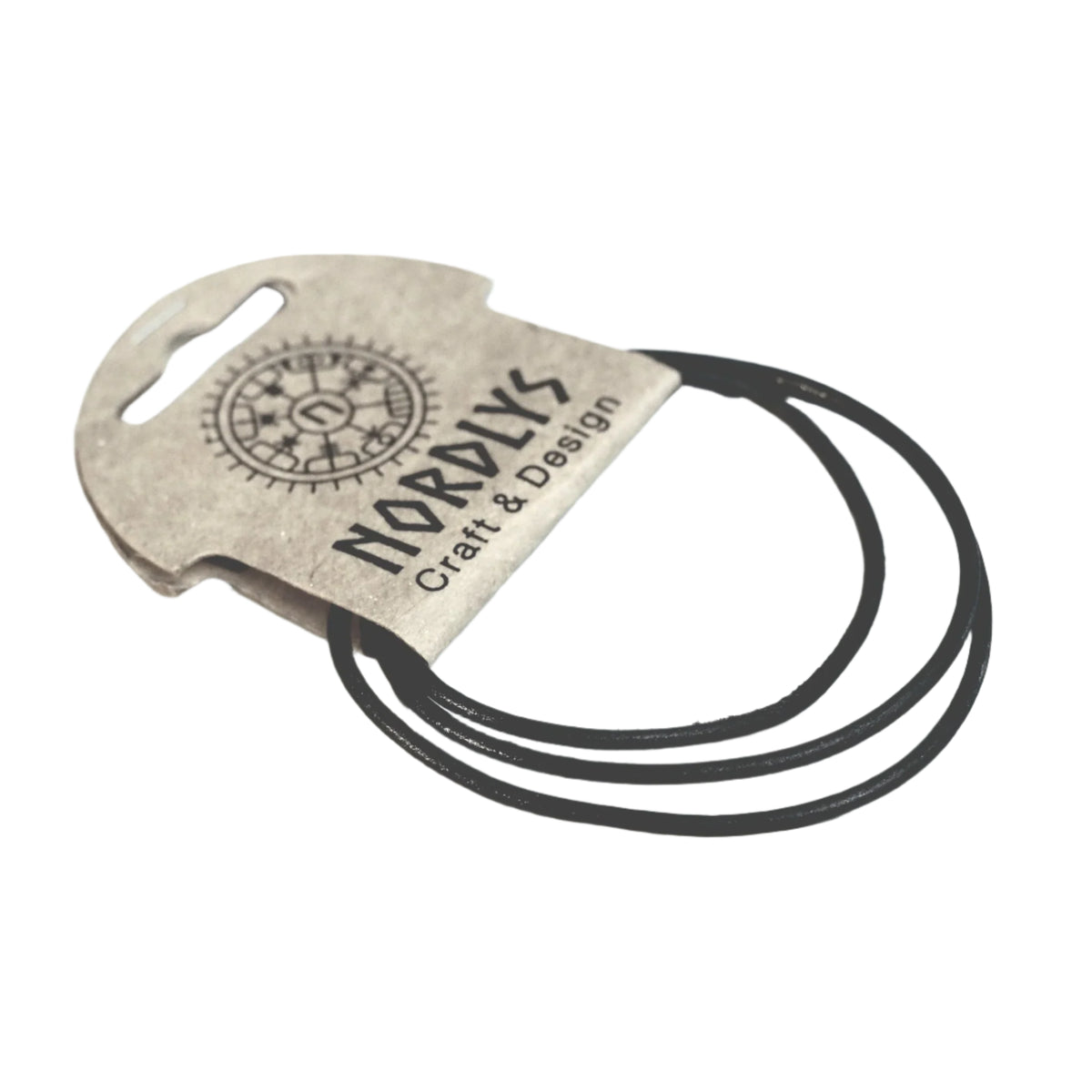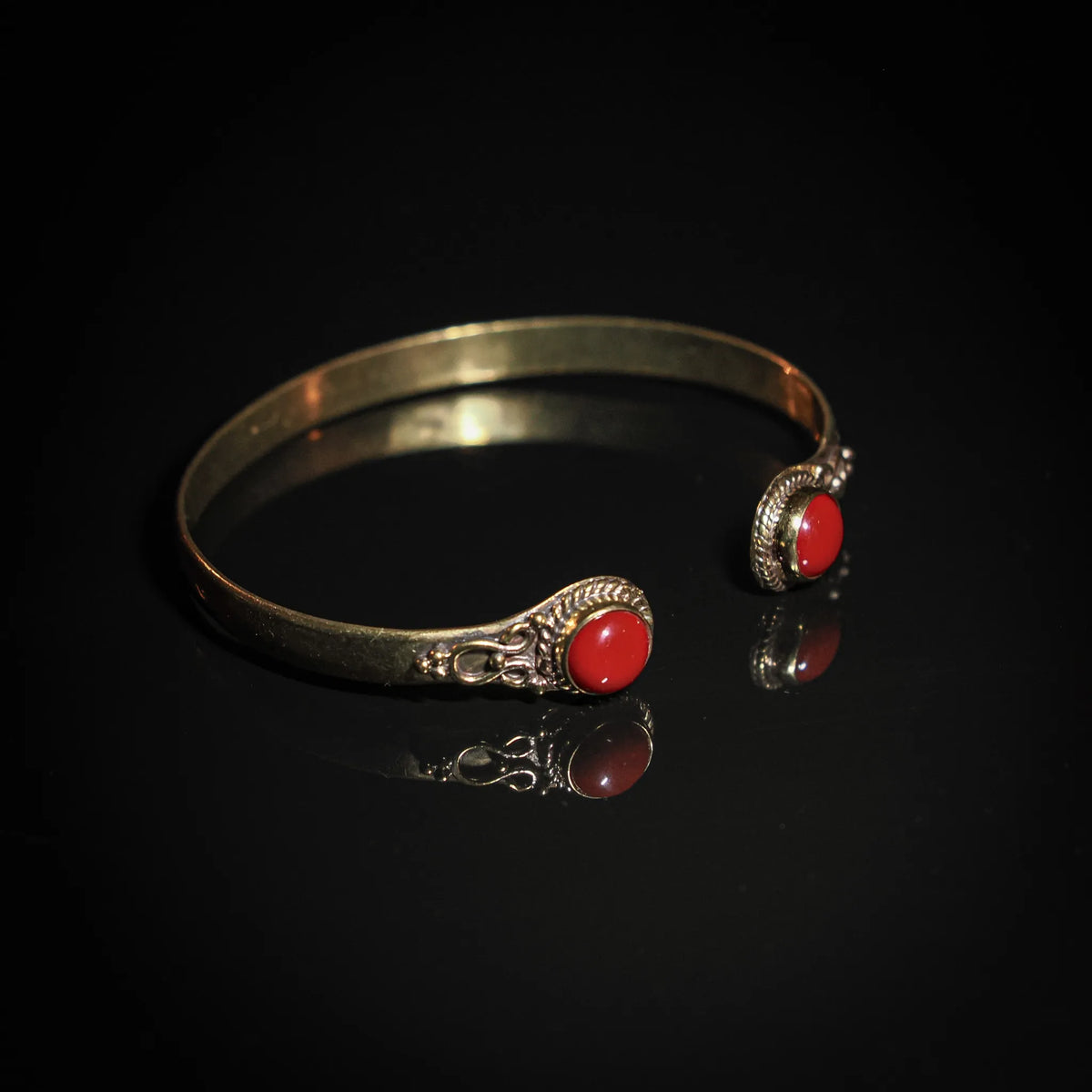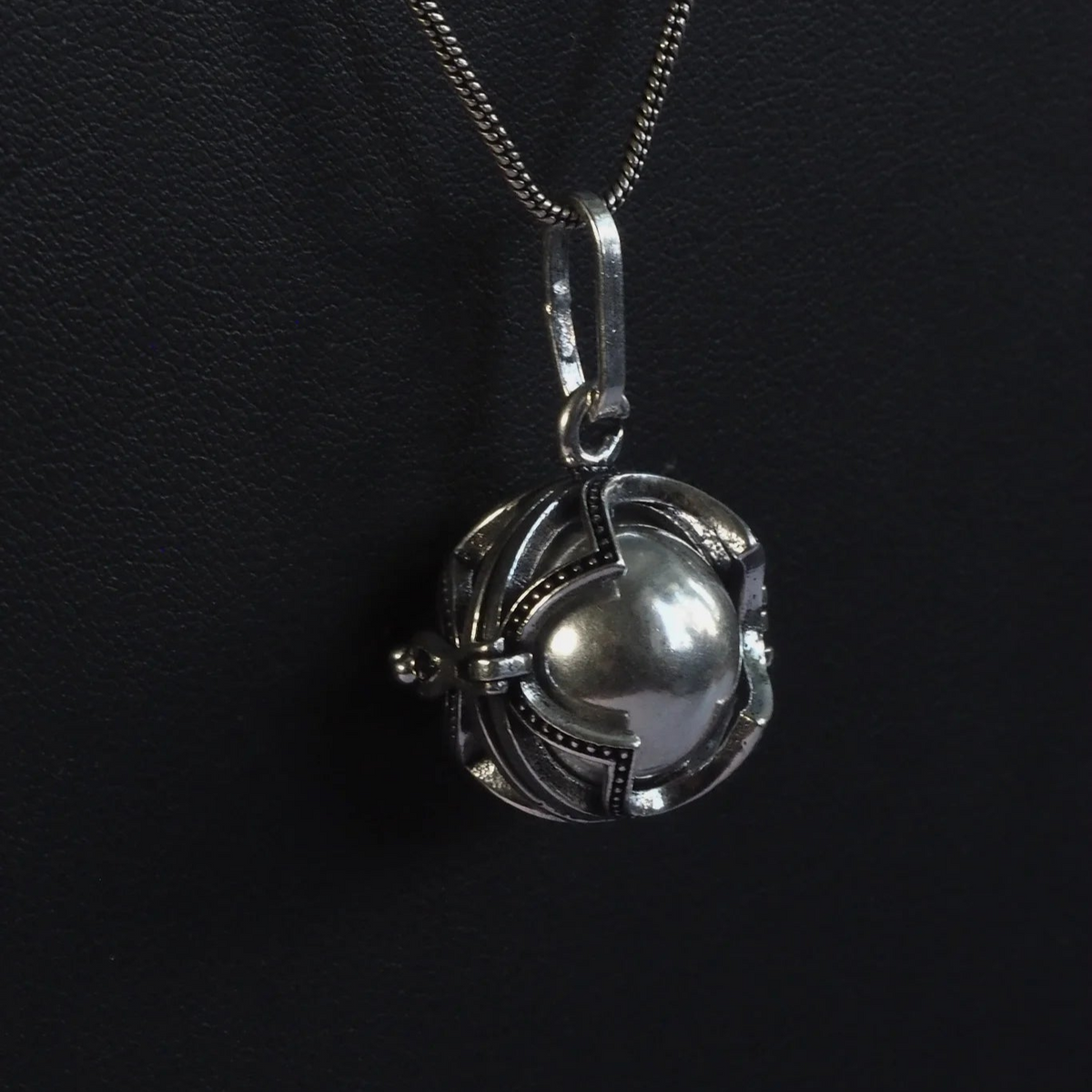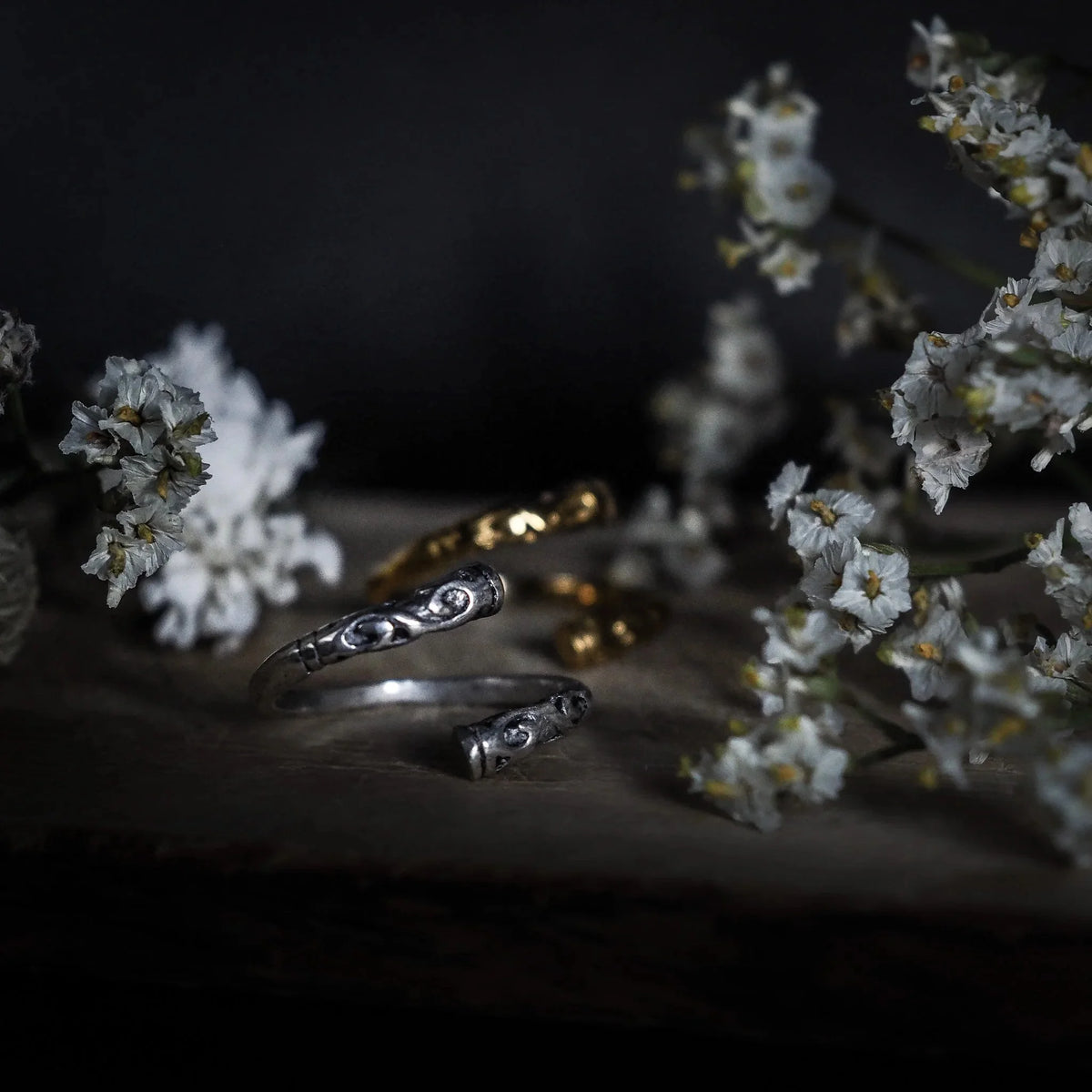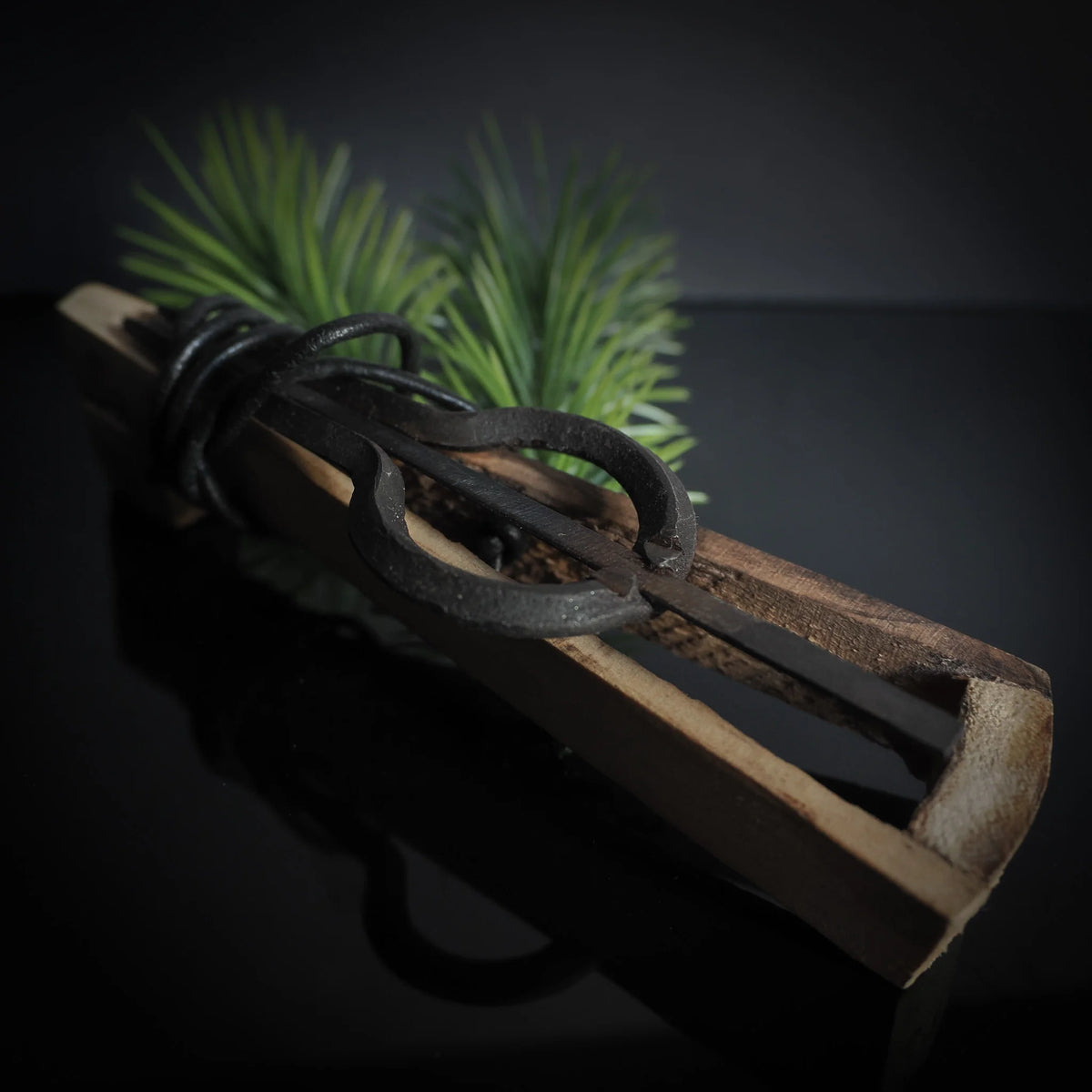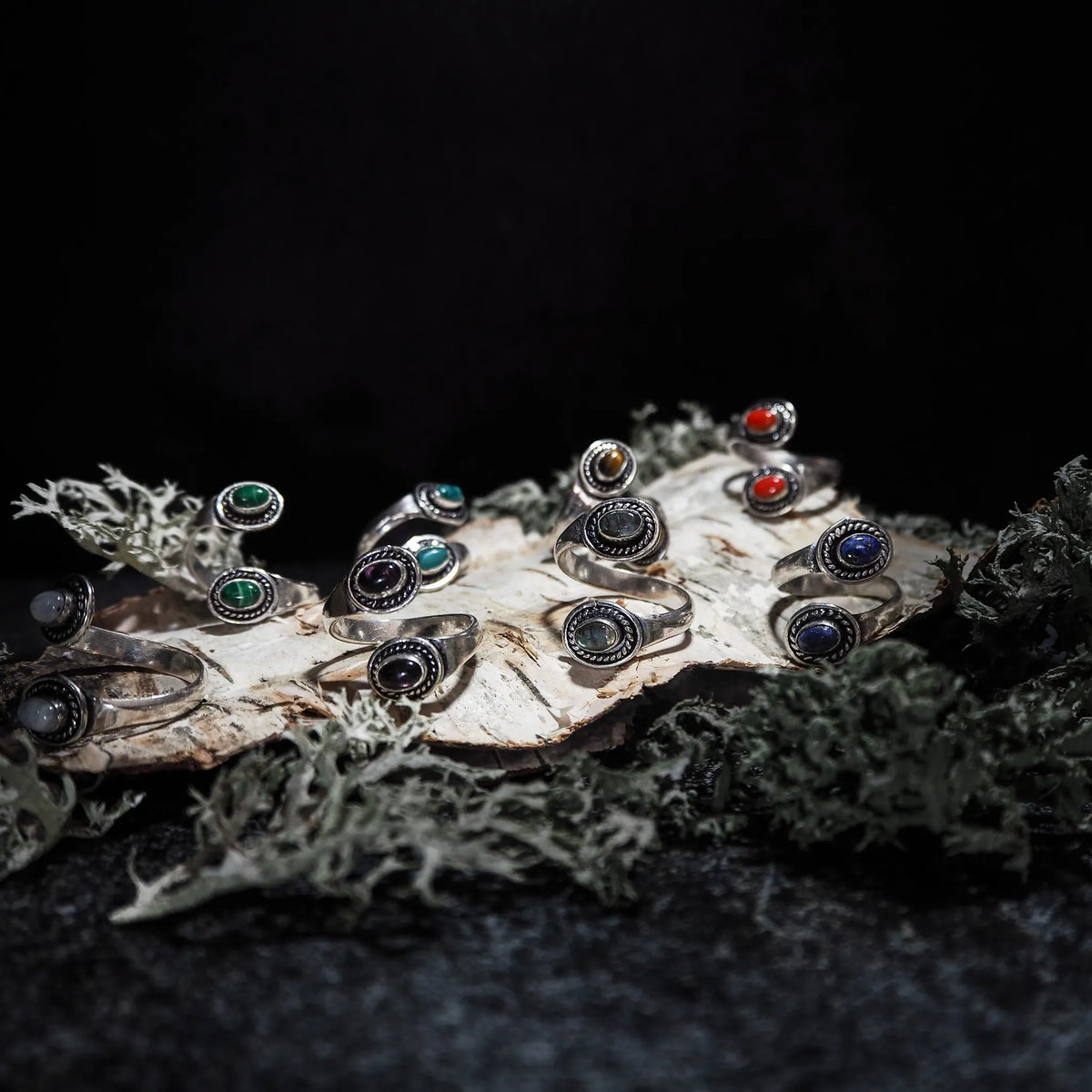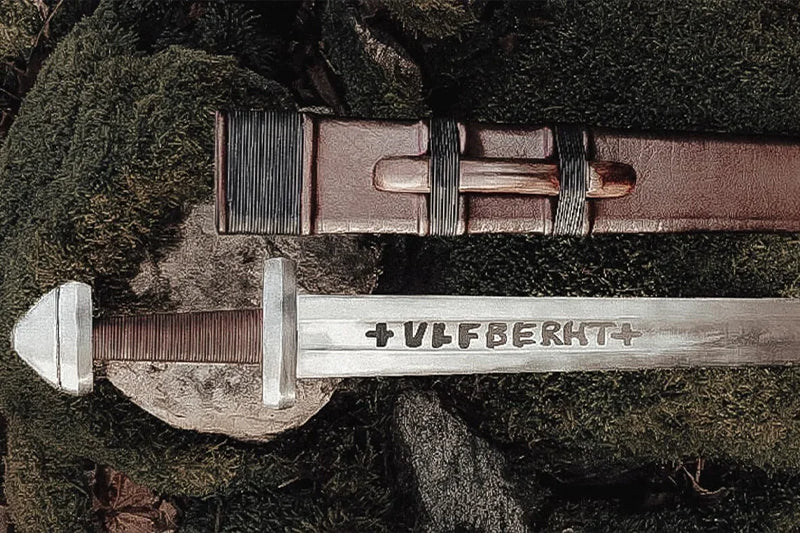Ulfberht swords from the Viking Age are world-renowned for their quality and intricate forging patterns as a result of a well-produced crucible steel known to many as Damascus steel. For the Vikings, it was a valuable prestige weapon and a family heirloom. What distinguishes the swords, apart from their high quality, is the inscription +VLFBERHT+ or variants of it which have been interpreted as a signature of the forge or smith who produced the swords, and there are many copies of the swords with other variants of the writing on them which are probably inferior copies of the original, so most likely the inscription was something else, let's take a look!
Swords are believed to have a Scandinavian origin, but Ulfberht was not a Scandinavian name. The name was Carolingian (present-day France), however, we know that the Christians of the continent had declared a ban on trade with the pagan Norse people, so the swords were probably not produced in the land of the Franks. Until then, there are no known remains of degel steel production in Europe from this time, however, there are findings from today’s Turkmenistan and Uzbekistan that show a huge production of dermal steel.
Both written sources and archaeological sources tell of an extensive trade with the Samanid Caliphate during the ninth century, it is estimated to have flowed more than one million silver dirhems from the Caliphate to Scandinavia per year! The Arabic writings tell of how northerners (Rus) brought walrus tusks, furs and slaves, to name a few, from the north to the Arab markets in the south, while the Vikings brought silver and steel home to Scandinavia. There are also written sources from Europe that tell of swords being transported from Scandinavia south towards the caliphate.
So the question is: Who had the power and resources to sustain a trade that was very substantial over the years that 900 – 1050 AD?
According to Snorres Heimskringla, Harald Hårfager grew up in England as the foster son of King. Athelstan, in addition to a Christian upbringing, Harald learned to use Latin writing of Carolingian style which was popular in England at that time, the same writing as on the sword.
Thus, everything points to Harald’s establishment of high-quality steel from the caliphate largely using his monopoly on walrus beets that were the highest fashion in the caliphate when it came to sword and knife handles. When the steel came to the Nordics, it was probably processed by Scandinavian forges to create the legendary Ulfberht sword, which then got a beautifully decorated handle of wood, legs or leather.
This could explain why the swords of the utmost quality, the original Ulfberht swords, are mainly found in the tombs of Harald's Kingdom or in rivers near to famous battles.
The name Ulfberht along with the cross may then be a compromise between Christian and Old Norse, when a Christian reads a Frankish name with crosses and the Vikings so Ulf which may have been aimed at the wolves who sometimes followed Odin in battle.
